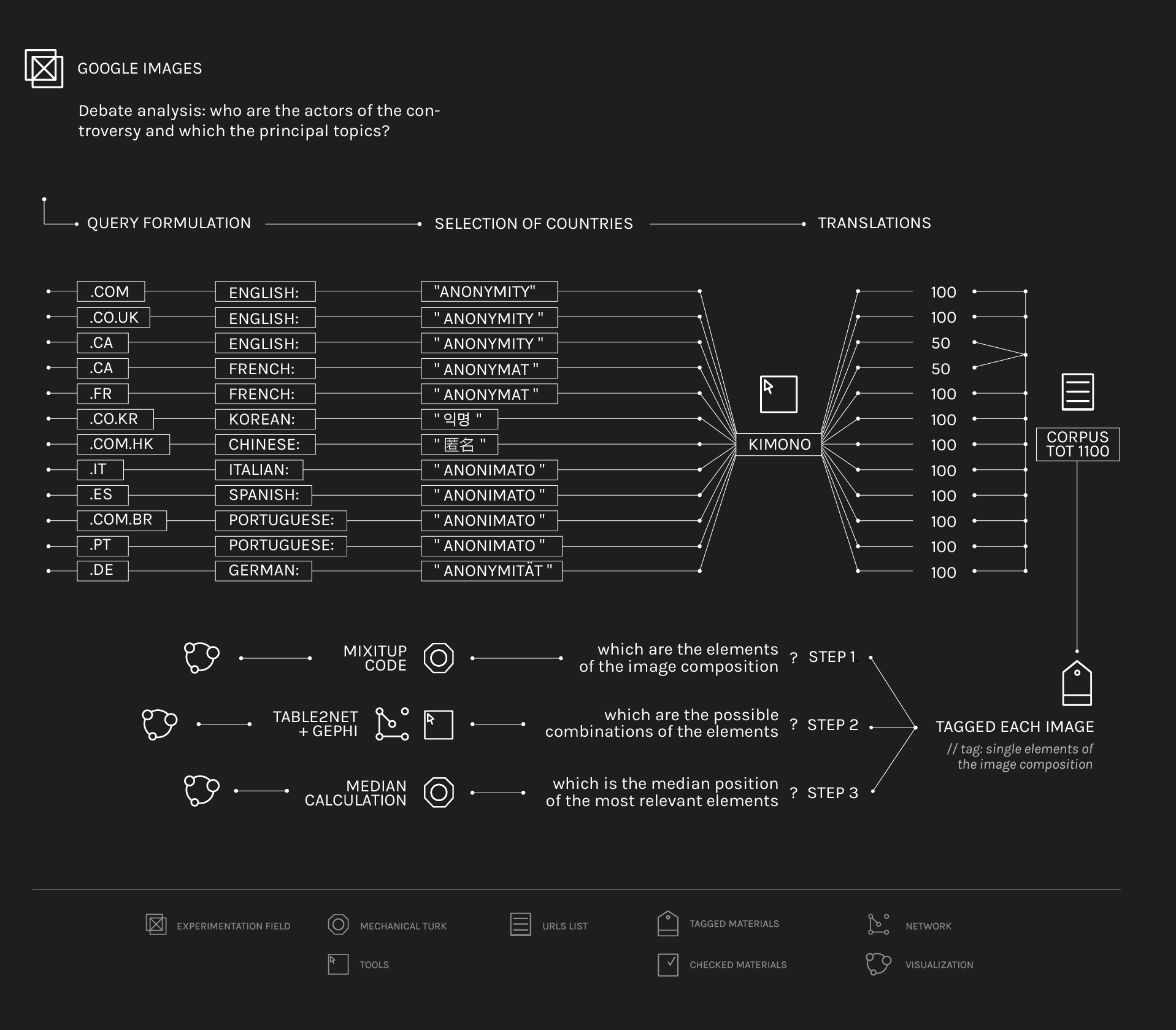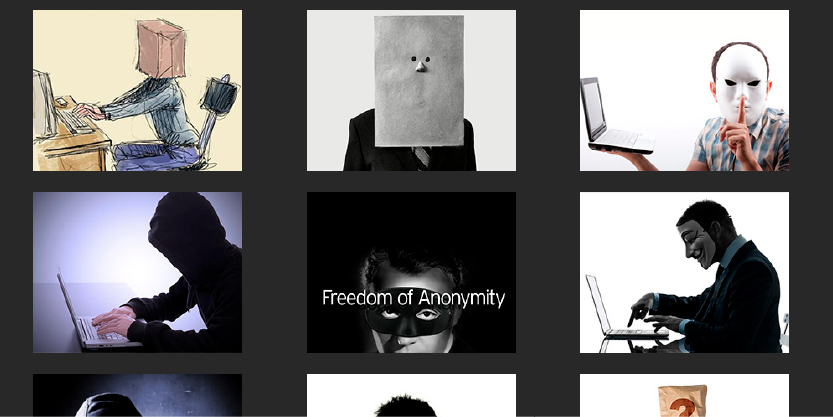Introduction
Anonymity does not have a universal regulation on the web. From the previous protocol it has been found that anonymity is forbidden in China and South Korea, that Canada has a right to anonymity online, while Europe and US rely on their constitutions. So the question is: what is the perception of this theme through images in these countries according to the web, in particular through Google images? Are these images very different from country to country? And which are the dominating ones?




